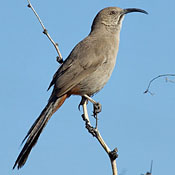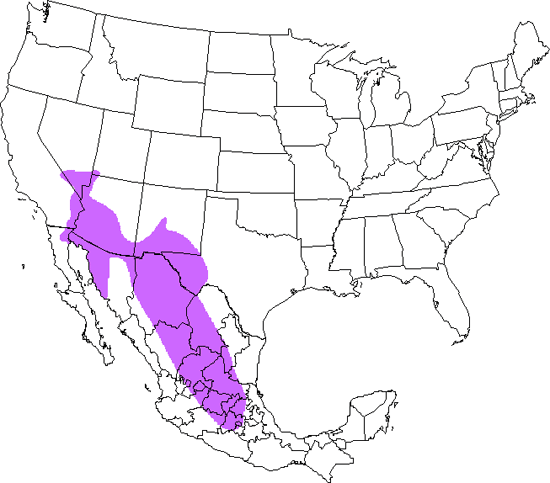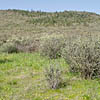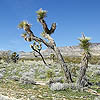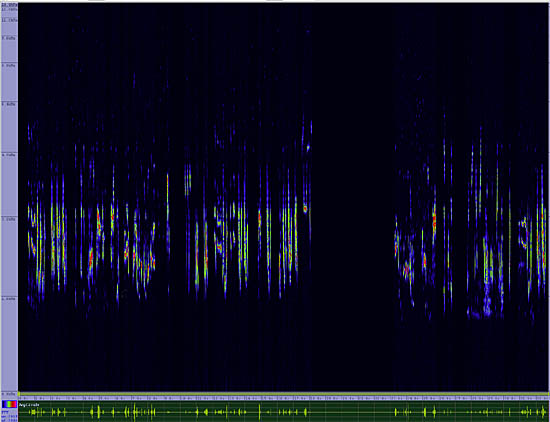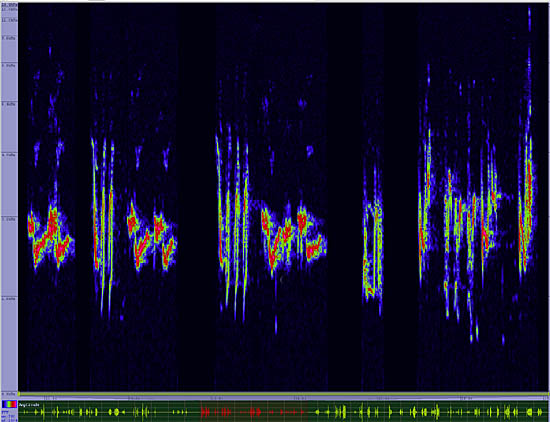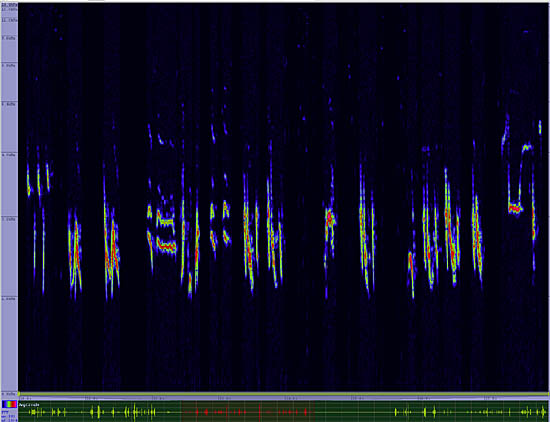Crissal Thrasher
Toxostoma crissale

Perching
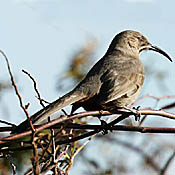
Length: 12 in. (29 cm )
Normally sneaky and retiring, this large thrasher occurs in chaparral, desert scrub and desert riparian areas. Here it is most obvious when it sits on a high bush or tree and sings. It is also likely to be noticed when it uses its huge bill to toss leaves and vegetation out of its way on the ground. It eats insects, berries and small invertebrates. The nest is a shallow cup made of shredded bark and grass and placed low in a dense bush.
The four-digit banding code is CRTH.
Bibliographic details:
- Article: Crissal Thrasher
- Author(s): Dr. Biology
- Publisher: Arizona State University School of Life Sciences Ask A Biologist
- Site name: ASU - Ask A Biologist
- Date published: 13 Jul, 2017
- Date accessed: 17 May, 2025
- Link: https://askabiologist.asu.edu/activities/bird/crissal-thrasher-0
APA Style
Dr. Biology. (Thu, 07/13/2017 - 21:07). Crissal Thrasher. ASU - Ask A Biologist. Retrieved from https://askabiologist.asu.edu/activities/bird/crissal-thrasher-0
Chicago Manual of Style
Dr. Biology. "Crissal Thrasher". ASU - Ask A Biologist. 13 Jul 2017. https://askabiologist.asu.edu/activities/bird/crissal-thrasher-0
MLA 2017 Style
Dr. Biology. "Crissal Thrasher". ASU - Ask A Biologist. 13 Jul 2017. ASU - Ask A Biologist, Web. https://askabiologist.asu.edu/activities/bird/crissal-thrasher-0
Be Part of
Ask A Biologist
By volunteering, or simply sending us feedback on the site. Scientists, teachers, writers, illustrators, and translators are all important to the program. If you are interested in helping with the website we have a Volunteers page to get the process started.



